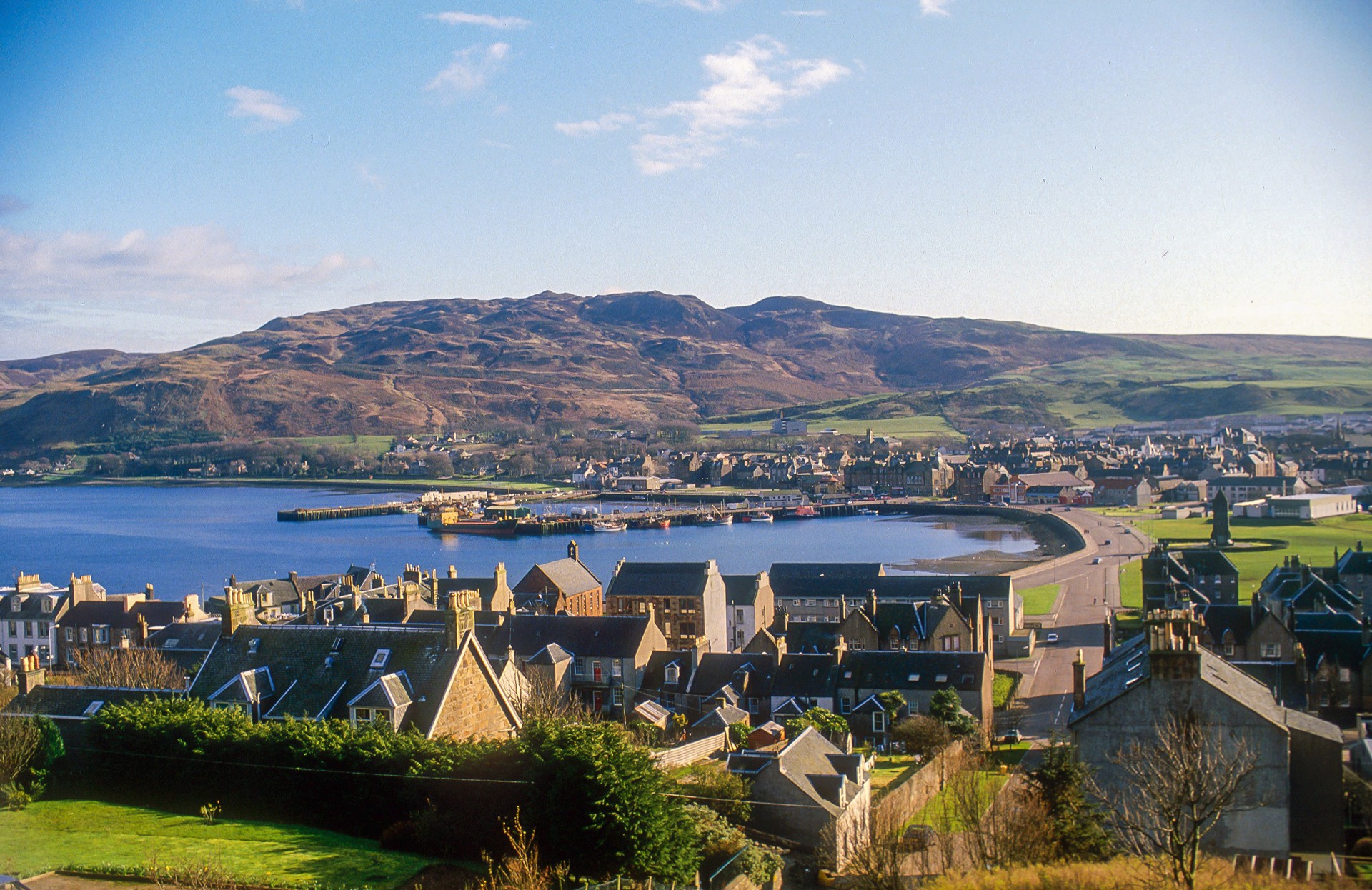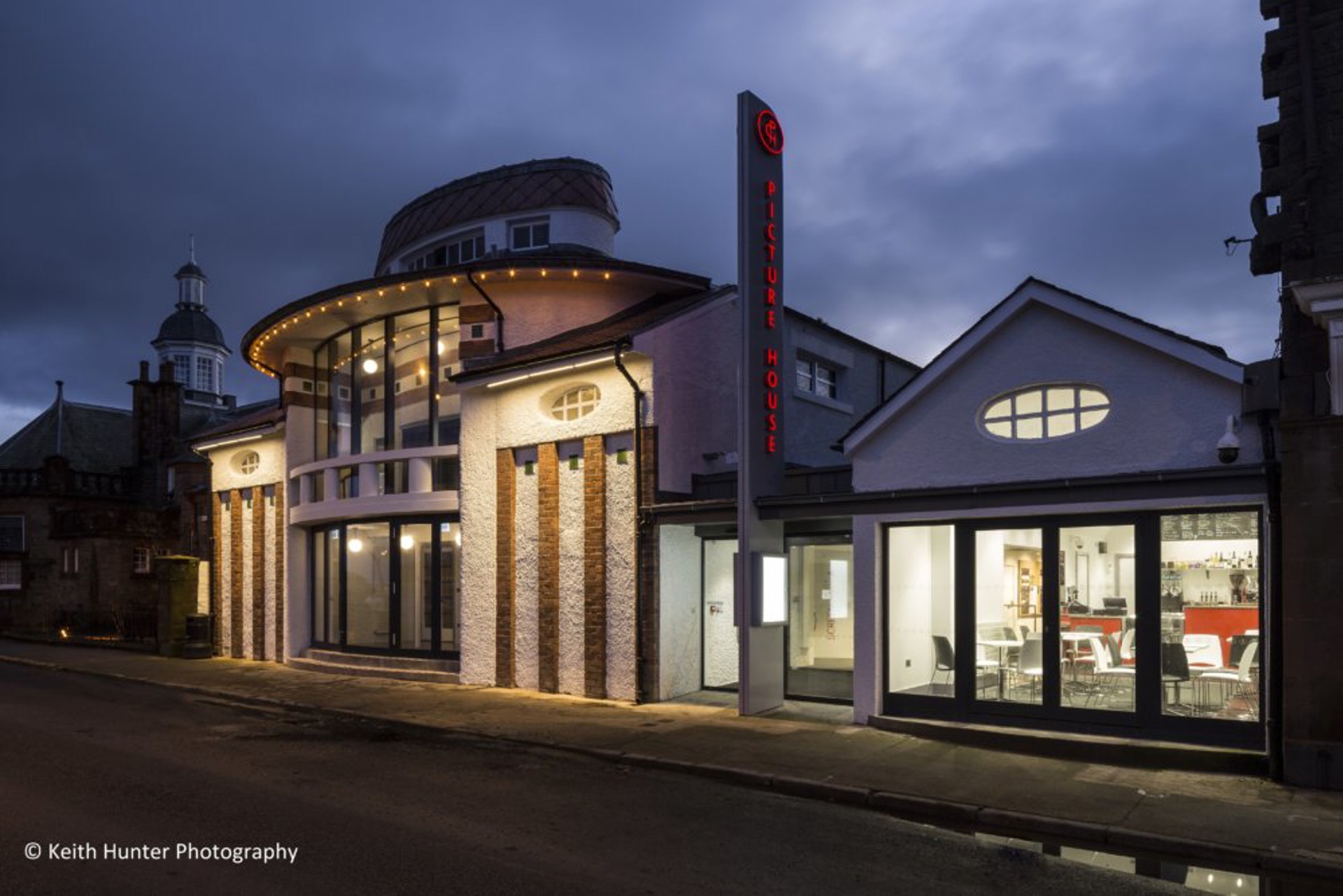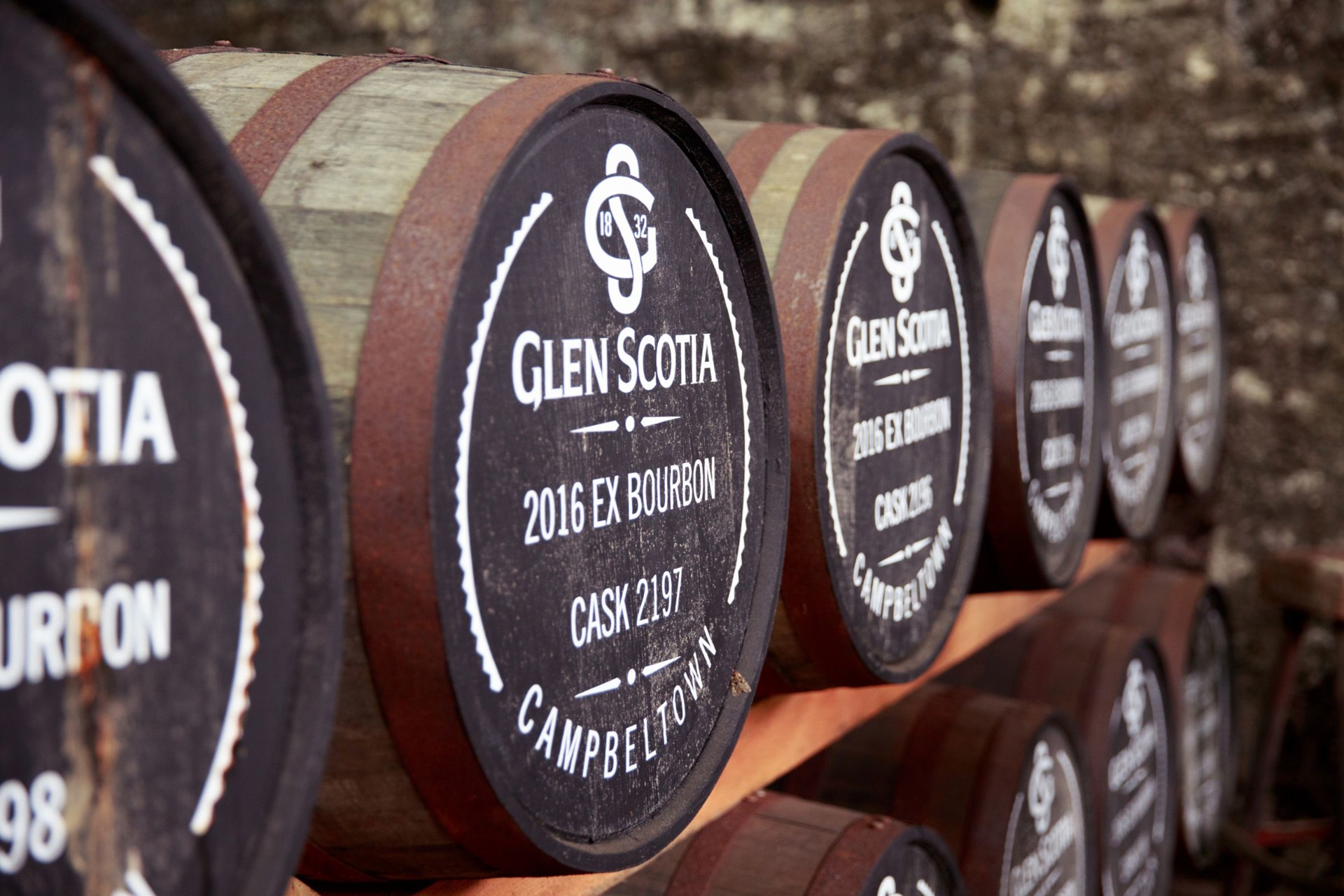Robin McKelvie Explores Campbeltown
“Those were dark days for Campbeltown in the 1980s when the whisky industry was struggling,” explains Iain McAlister, distillery manager at Glen Scotia. “But today things are looking up again and Campbeltown is firmly back on the map.” And Campbeltown on the Kintyre Peninsula well deserves to be firmly on the tourist map of Scotland, given the wealth of what this passionate, proud corner of Argyll & the Isles offers.
In this blog, I explore this gem of a town on the Kintyre Peninsula and share some of my favourite stops along the way.
Campbeltown: Much More Than Whisky
I find this passion and pride alive all over Campbeltown, not least at the brilliantly reborn Campbeltown Picture House, the symbol of the town’s spirit and appeal. “It was sheer bloody mindedness from the community, that is what saved the world’s most beautiful cinema from being turned into flats”, explains Ellen Mainwood, manager of Campbeltown Picture House.
This cinema is a unique architectural creation, opened in 1913, that nods towards Glasgow School Art Nouveau, but it is even more playful and a joy to look at and spend time in. As Mainwood shows me around displays that tell its remarkable story, she adds, “We’re a town of only 4,000 souls on the edge of a sometimes forgotten peninsula, but that same determined spirit is resurrecting Campbeltown. You can feel it in the air”.

Campbeltown's Renaissance
Campbeltown has indeed had its struggles. The heady 19th century days when the town’s 30 distilleries produced so much whisky it’s said more money was flowing through Glebe Street than the London Stock Exchange, were long gone by the 1980s. By that tricky decade only one distillery – Springbank - remained, and the closure of the RAF base in 1996 was another hammer blow. The future looked bleak as the population dipped, but Campbeltown – a town once at the beating heart of the Celtic lands of Scotland – has picked itself up.
The renaissance has been impressive and has indeed been recognised. In 2020 Campbeltown was named ‘Scotland’s most improved place’ in the SURF regeneration awards after 40 buildings were reborn with a £13m investment. Walking around streets that are still crowned with grand old merchant and whisky baron mansions is a joy. The architecture is as dramatic as any town in Scotland and it’s good to see work has gone into ensuring the grandeur will be preserved for future generations.
It is easy why throughout history people have always been drawn to Campbeltown. The setting is both strategic and spectacular. Campbeltown Loch forms a vast natural harbour, offering refuge so close to the tumultuous waters of the Mull of Kintyre. Kintyre lies firmly in the balmy Gulf Stream too and its streets are kissed with palm trees. Then there is Beinn Ghuilean, the hulking tree-shrouded hill that soars up to 354m, which I’ve hiked up and enjoyed epic views out over swathes of Argyll & the Isles.

Exploring Kintyre's Local Produce
Back on those grand streets I find businesses fuelled by passion too. None more so than the Kintyre Larder, which I wish was located in my hometown. Before Covid they had a modest store that was committed to sourcing and selling ultra-local produce. It was such a success during Lockdown that they expanded into a larger new premises. Their range is extensive, with Kintyre meat, fish, eggs, mushrooms, chocolate, condiments, baked goods and, of course, whisky tempting from the well-stocked shelves. Owner Linda McLean tells me, “During Lockdown people finally realised what we have locally. Why drive hundreds of miles to Glasgow when you can have hen-fresh eggs that taste great and look great?”
Another foodie delight is the Kintyre Smokehouse. Their world-class smoked fish is so good you’ll find it served in fine dining restaurants around the British Isles and even on the menu during the horse racing at Ascot. I eat and drink Argyll and Bute’s finest at the excellent Number Forty Two restaurant, where the former chef from Gigha’s Boathouse is working wonders. I savour local queen scallops and plump Gigha oysters, washed down with a wee dram of Glen Scotia. My main course is delicious too - plump local lobster.
There is whisky too at the Ardshiel Hotel. Lots of it. They quite simply have one of Scotland’s finest whisky bars, with over 1,500 bottles of whisky bursting from the shelves. I once met local whisky experts Watt Whisky here, who led me through a very special guided tasting. They are passionate about whisky and the town with their tastings highly recommended, as are their bottlings.

Campbeltown's Distilleries
It is very heartening to see that Campbeltown’s distilleries are back, with re-openings and new distilleries heralding a whisky renaissance that mirrors the rebirth of the town. In May this year the latest was announced – the new purpose-built Witchburn Distillery at the former RAF Machrihanish airbase. Then there is the Machrihanish Distillery, a farm distillery from the owners of the Isle of Raasay Distillery, and the new Dal Riata Distillery overlooking Campbeltown Loch.
I end my Campbeltown explorations at the Glen Scotia Distillery. “The dark are behind us,” reiterates Iain McAlister as we walk around Glen Scotia, the distillery he has helped blossom since taking over in 2008. “At Glen Scotia we have turned a corner, going from producing 400 casks a year to over 4,000. We’re very much part of the town; a town that is on the up.” Iain McAlister has every right to feel proud as his 25-year-old malt has won a world’s best whisky award and there are other distilleries doing well too, including the famous old name of Springbank.
Iain McAlister talks of the oily, salty Campbeltown whisky that has been called Scotland’s ‘dirty whisky’. That perhaps does not sound too alluring, but it is the full-favoured, senses-tingling stuff of the Gods, so unique that Campbeltown is the only town to be recognised as a distinct whisky region in itself. As we peer out over Campbeltown’s busy harbour Iain smiles, “If by ‘dirty whisky’ that means it’s robust, rebellious and resilient, then it is. It’s hard to pin down too and irresistible. The perfect wee dram then for our great wee toon.”



